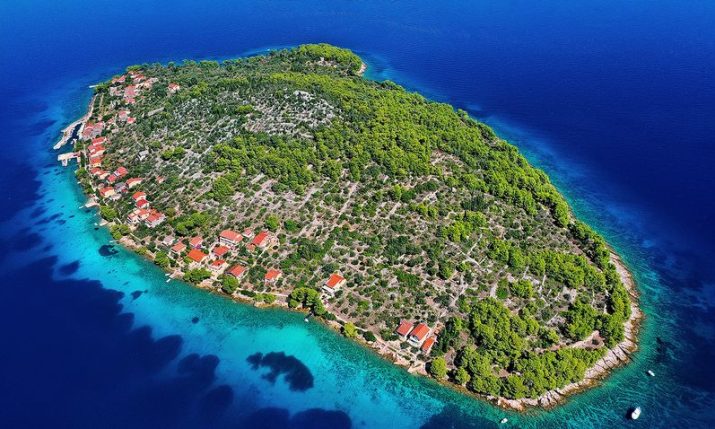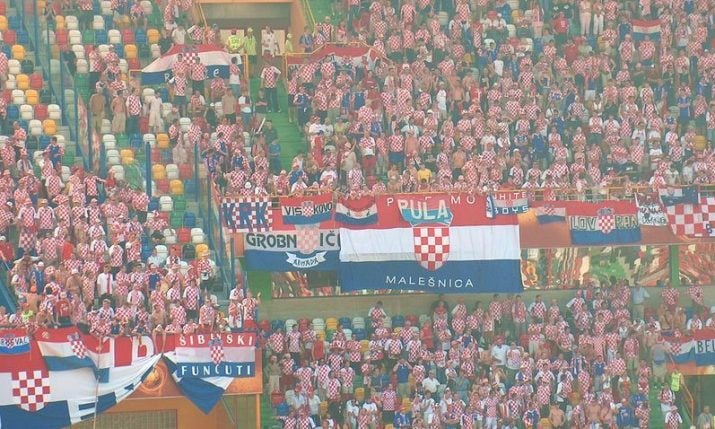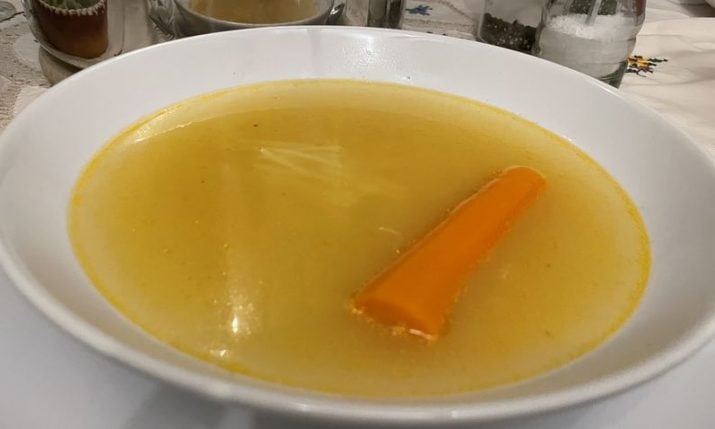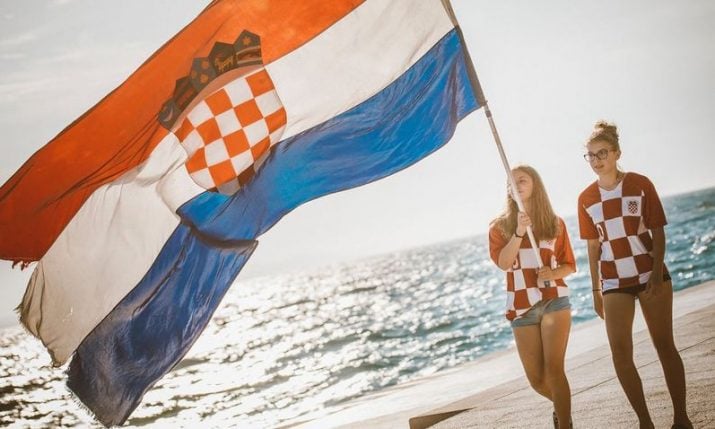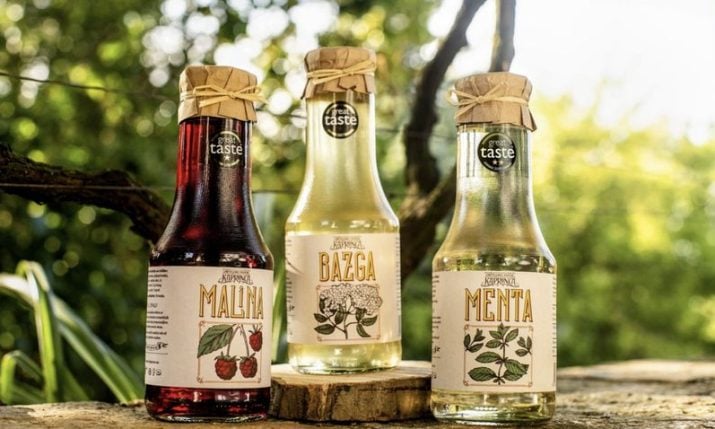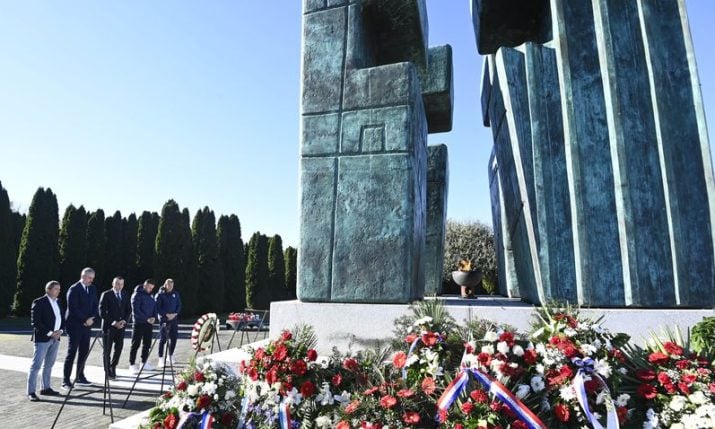Still have Croatian kuna? What your options are now to change them
- by croatiaweek
- in News
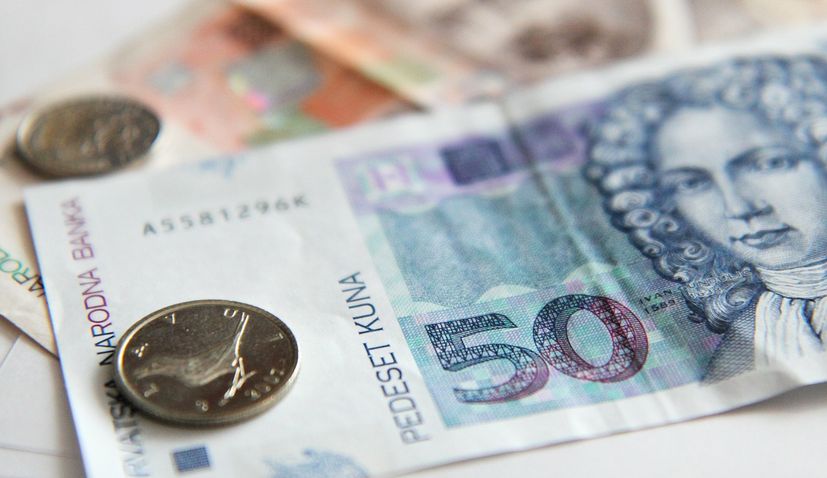
Croatian Kuna
Croatian citizens still hold a significant amount of banknotes and coins of the former currency – the kuna.
According to the Central Bank’s data, a whopping 4 billion and 850 million kuna has yet to be exchanged. So far, 87 percent of the kuna banknotes have been returned, while only 2 percent of the 3 billion coins have been returned, HRT reported.
The deadline for exchanging kuna to euros at bank branches, Croatian post offices, and the Financial Agency (FINA) expires on January 1, 2024, after which exchange will only be possible at the Croatian National Bank.
Croatians haven’t been using kunas for payments for a full 10 months. For some, it’s a distant past, while others still hold onto them.
The highest number of returned banknotes are in the denominations of 500 and 1000 kunas, and the most unredeemed ones are those featuring Stjepan Radić.
By the end of the year, kunas can be exchanged at bank branches, FINA outlets, and post offices.
Old banknotes are being checked for authenticity and then destroyed through a cutting process. The coins are being stored in the Croatia military barracks in Zagreb.
The Central Bank reminds citizens that banknotes will be permanently exchanged, while coins can be exchanged until the end of 2025. Tihomir Mavriček, the Executive Director of the Cash Sector at the Croatian National Bank, said on the morning show, “Good Morning,” that the experiences of all previous countries that have adopted the euro show that not everything is always returned.
“Part of it will remain as a souvenir, part is lost, and part is destroyed,” he said.
”We urge citizens to exchange their kunas to euros at almost two thousand locations of banks, post offices, and FINA by December 31. Up to 100 banknotes and 100 coins can be exchanged for free, and banks have decided not to charge a fee even if more than 100 pieces are exchanged,” emphasized Mavriček.
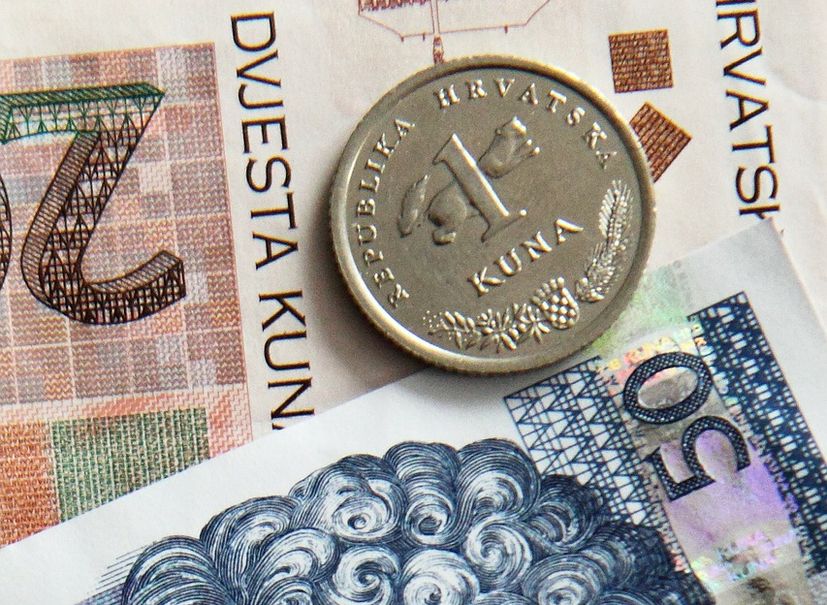
Kuna
Starting from January 1 of the following year, kunas can only be exchanged at the Croatian National Bank. Banknotes can be exchanged without limitation, while coins can be exchanged until December 31, 2025. After that, coins will no longer be exchangeable.
A counter is currently being prepared on Franje Rački Street in Zagreb, where money can be exchanged, and it will be operational for citizens from January 2, 2023.
“The storage where kunas are kept is in the ‘Croatia’ barracks. Only coins are stored there, while banknotes are kept in the Croatian National Bank’s vaults for security purposes,” he stated.
When asked about the fate of the banknotes and coins, Mavriček said that the authenticity of the banknotes is being verified, then they are destroyed, and afterwards, they are processed as recycled paper.
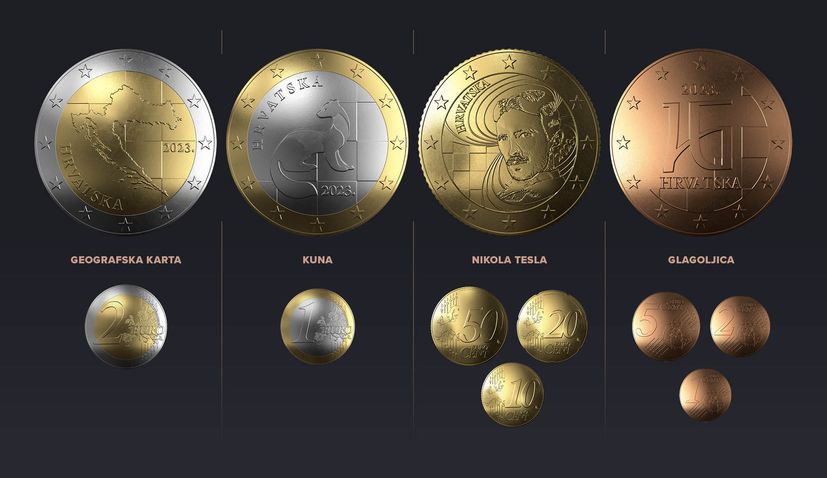
Croatia adopted the euro currency from 1 January (Photo: HNB)
“The banknotes will be kept until the exchange deadline, and after that, they will be sold as raw material for metal,” he added.
He emphasised that the least number of 200 kuna banknotes have been returned. As he said, there are over 1.2 billion kunas in circulation.

